Want to know how much coffee you should have in the morning? It is important to know “how many grams of coffee per cup” to make the perfect cup of coffee. You can enjoy a great cup of coffee every time, no matter how experienced you are or how new you are to brewing. Getting the right amount is important. This guide will break down this important number, taking the mystery out of making coffee.
You’ll learn new things about coffee that will take your skills to a whole new level, like how to make the perfect cup of coffee and the best way to mix coffee with water. Say goodbye to weak or too-strong coffee. If you know what you’re doing, you’ll be enjoying the perfect cup of coffee made just the way you like it in no time. Let’s dive in and find out what the science behind making coffee means!
Understanding Coffee Ratios
To make the right cup of coffee, you need to know about coffee ratios. Whether you’re a professional bartender or just like coffee for fun, knowing the right amount of coffee to water can make a huge difference in how strong and tasty your coffee is. But what does a coffee amount mean? It’s just the amount of coffee grounds to water that is used to make coffee. One and sixteen, which means one part coffee to sixteen parts water, is a typical ratio. This ratio can be different for each person, based on their taste, the coffee beans they use, and the way they brew their coffee. You can make your coffee taste the way you like it by trying out different amounts. This is true whether you like a bold, strong brew or a milder cup. If you learn how to use coffee amounts correctly, you can make a lot of tasty drinks and enjoy coffee in a whole new way.
Coffee to Water Ratio
The amount of coffee to water changes based on personal taste and how strong of a coffee you want. If you want to drink coffee with water, some experts say that 1 gram of coffee should be mixed with 12 to 17 grams of water. Between 1:12 and 1:17 will make a strong cup of coffee or a weaker brew. A 1:15 number is often suggested for people who want something in the middle. It is important to remember that these ratios are based on weight, not volume. To get the most exact measurements, use a kitchen scale.
Specialty Coffee Association Recommendations
Guidelines for brewing great coffee are provided by the Specialty Coffee Association (SCA). They advise using a coffee-to-water ratio of approximately 1:15 to 1:18, with 1:16.7 being regarded as the “golden ratio”. Making drip coffee according to the SCA’s guidelines will help guarantee a tasty and well-balanced cup.
For quick reference on various cup sizes, see this:
- 10 grams of coffee and 170 grams of water in a 6-ounce cup
- 13.5 grams of coffee and 228 grams of water in an 8-ounce cup
- Twenty grams of coffee and 340 grams of water in a 12-ounce cup
The Golden Ratio
The ideal ratio to obtain a well-rounded and balanced cup of coffee is 1:16.7, often known as the “golden ratio,” as was previously discussed. This indicates that you should use 16.7 grams (or milliliters) of water for every gram of coffee. Following the golden ratio can improve your drip coffee’s flavor and consistency dramatically.
Remember that it’s acceptable to slightly alter the coffee ratio to suit individual preferences. The secret is to play around until you strike the perfect combination that pleases your palate and follows the broad recommendations made by professionals.
Basics of Drip Coffee
The drip coffee brewing technique is widely used due to its user-friendly nature and simplicity. Every time it brews, a clear, well-balanced cup of coffee is produced. The essentials of drip coffee, such as the brewing technique, necessary tools and materials, and the right grind size, will all be covered in this part.
Method for Brewing Coffee via Drip
The fundamental step in making drip coffee is running hot water through coffee grinds that are contained in a filter. As it passes through the coffee grinds, the water draws out their flavors and then drips into a carafe or coffee pot below. A smooth, sediment-free cup of coffee is guaranteed by the filter, which keeps any coffee grinds out of the finished brew.
Achieving the ideal coffee-to-water ratio is crucial for making the ideal drip coffee. A brewing ratio of 1:15 to 1:17, or one gram of coffee for every 15 to 17 grams of water, is advised by the majority of experts. For instance, 13.5 grams of coffee and 228 grams of water would be needed to make an 8-ounce cup of coffee, whereas 20 grams of coffee and 340 grams of water would be needed to make a 12-ounce cup.
Tools and Materials
A carafe, a heating element, a coffee filter, and a water reservoir are the standard components of drip coffee makers. To prepare coffee, just add the necessary amount of coffee grounds to the filter, fill the reservoir with water, and switch on the heating element. From this point on, the brewing process is automatic.
Water reservoir: To get the right coffee strength, the water reservoir needs to be filled with the right amount of cold, fresh water.
Heating element: The heating element makes sure the water reaches the ideal temperature of 93 degrees Celsius, or 200 degrees Fahrenheit, for effective extraction.
Coffee filter: Paper or metal can be used as a coffee filter. Metal filters produce a stronger flavour and can be reused, whereas paper filters are disposable and leave the cup cleaner.
Carafe: Usually constructed of glass or stainless steel, this container holds the brewed coffee. To keep the coffee warm without overcooking it, use a thermal carafe.
Size of Grind for Drip Coffee
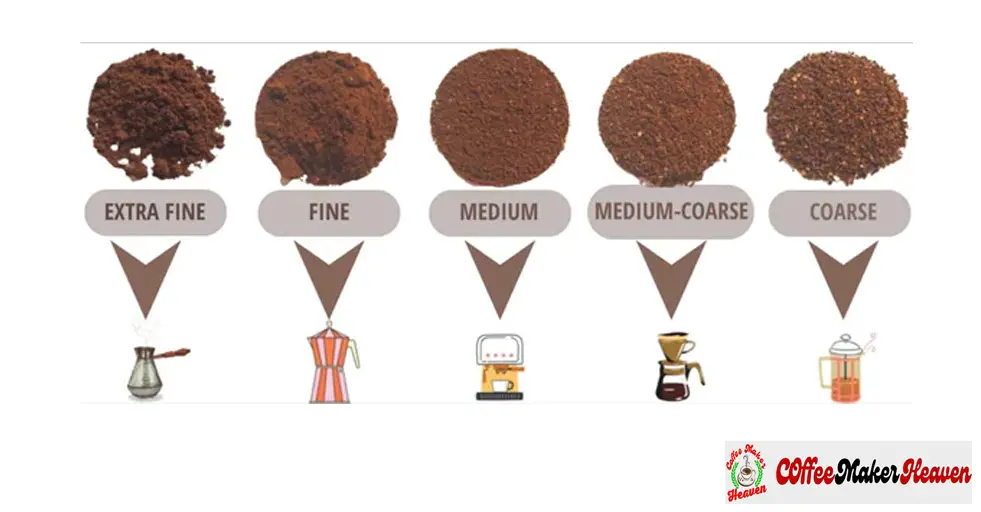
A balanced extraction depends on grinding your coffee beans to the proper size. A medium grind size is advised for drip coffee. This extracts the maximum amount of flavour from the coffee grinds and facilitates appropriate water flow through them throughout the brewing process.
Although pre-ground coffee is convenient, its flavour profile might not be the best because coffee loses flavour and freshness quickly after grinding. Purchasing a high-grade burr grinder enables you to grind coffee beans immediately before brewing, guaranteeing the freshest and most delectable drip coffee.
How to Measure Water and Coffee
Using the right amount of coffee to water is important for making a great cup of drip coffee. It is important to know the different ways to measure coffee and water if you want to make wonderful coffee.
Use kitchen scales to be exact
If you want to get the most exact measurements for both coffee and water, use a kitchen scale. Accurate and regular results can be achieved by measuring both ingredients in grams. Some people like to use 1:16.67, which equals 60 grams of coffee to 1000 grams (or millilitres) of water. This ratio is approved by the Specialty Coffee Association (SCA). A kitchen scale makes it easier to get these exact measures.
Scoop and Tablespoon
It is best to use a cooking scale to measure coffee, but tablespoons and scoops can also be used. As a general rule, use two tablespoons of coffee for every eight ounces of water. This gives you a 1:4 ratio. To make sure the numbers are accurate, make sure the tablespoon is level.
A coffee scoop, on the other hand, makes it easy to measure out the right amount of coffee. About 7 grams of coffee can fit in each scoop, which is enough for a 2-ounce amount. Depending on the size of the amount you want, change the number of scoops.
Figuring Out How Much to Serve
To get the right amounts of coffee and water, you need to know how much of a serving your drip coffee makes. You can change the amount of coffee to water to fit your taste. Use a 1:7 ratio (1 gram of coffee for every 7 grams of water) for a stronger taste. If you want a milder beer, use a 1:13 split. There should be 3 grams of coffee for every ounce, or 6 to 7 grams for a 2-ounce amount.
You can use a coffee calculator to make calculations even easier. It can quickly give you the right amounts based on the type of coffee you are making and the size of serving you want. These devices are useful for coffee lovers because they often have settings for different ways to make coffee.
Best Coffee-to-Water Ratios for Brewing Methods
The best coffee-to-water ratio depends on the brewing process. Pour Over (V60, Chemex), AeroPress, Siphon, French Press, and Cold Brew ratios are covered here.
AeroPress
AeroPress brewing lets you try different coffee-to-water ratios. An AeroPress usually starts at 1:16, like a pour-over. A 6oz (177mL) cup of coffee requires 11.25 grams of coffee and 180 grams of water. Adjust ratio to taste. Higher ratios (1:14) make stronger coffee, whereas lower ratios (1:18) make smoother, lighter coffee.
Siphon coffee machines offer a distinct and tasty cup of coffee. Like pour-over and AeroPress, siphon coffee makers should use 1:16 coffee-to-water ratios. For a 6oz (177mL) cup, use 11.25 grams of coffee and 180 grams of water. As with other methods, adjust the ratio to your coffee strength preference: lower for stronger, greater for milder.
France Press
The flavour of French Press brewing is rich and round. For the French Press, use 1 gram of coffee for every 15 grams of water. For a 6oz (177mL) serve, use 12g coffee and 180g water. Try a 1:14 ratio for a richer cup or 1:16 for a lighter one to determine your favourite strength.
Cold Brew
Cold-brewed coffee is delightful and made with cold water over time. The 1:8 coffee-to-water ratio for cold brew makes it stronger than other techniques. A 6oz (177mL) serving requires 22.5 grams of coffee and 180 grams of water. This strong drink can be diluted with water or milk to taste for a smoother, more balanced serving.
Conclusion
To sum up, knowing “how many grams of coffee per cup” is an important part of making the right brew. You can change the taste, strength, and general enjoyment of your coffee by mastering this ratio. Getting the right amount of coffee grounds is important for making sure that every sip is consistent and satisfying, whether you like a strong espresso shot or a smooth pour-over. When you go to get your coffee beans next time, remember how important this easy but important measurement is. You can make a delicious cup of coffee just the way you like it with a little trial and error and careful attention to detail.


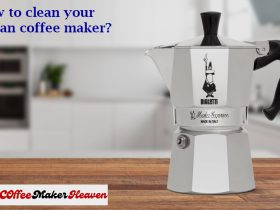
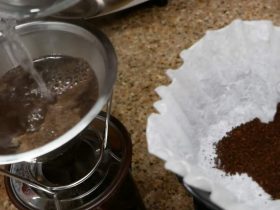
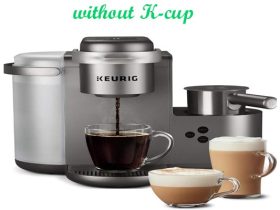
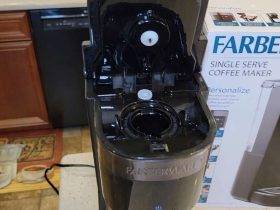

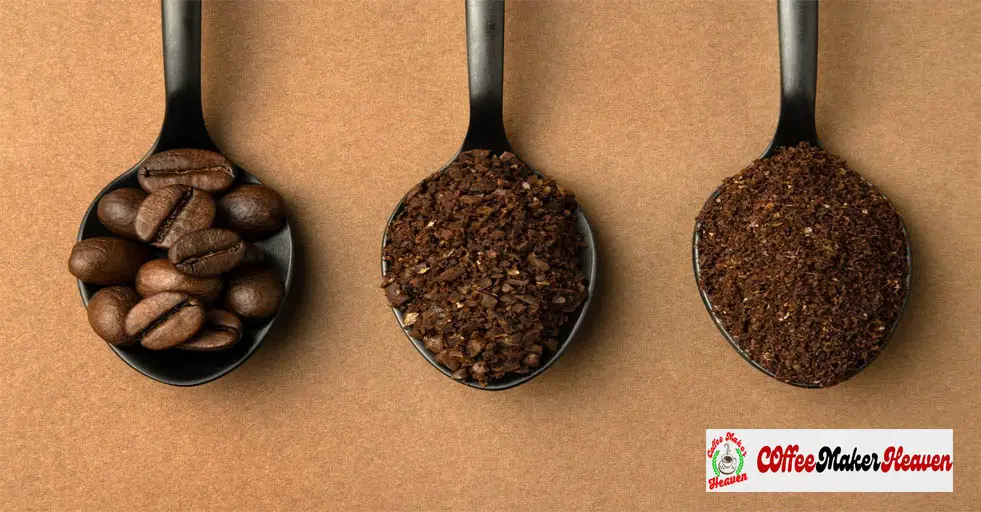

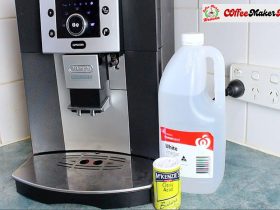

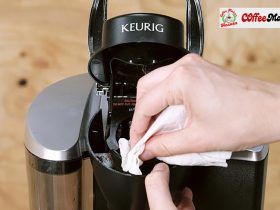
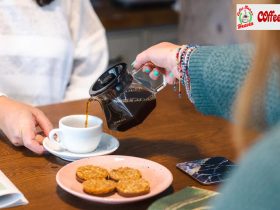

Leave a Reply